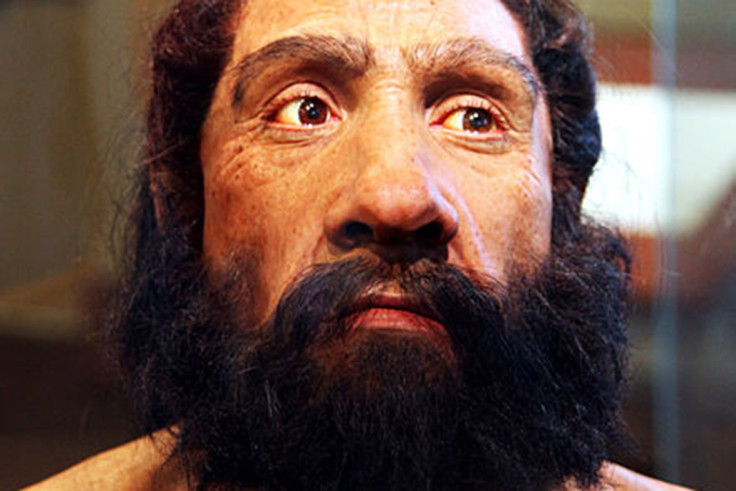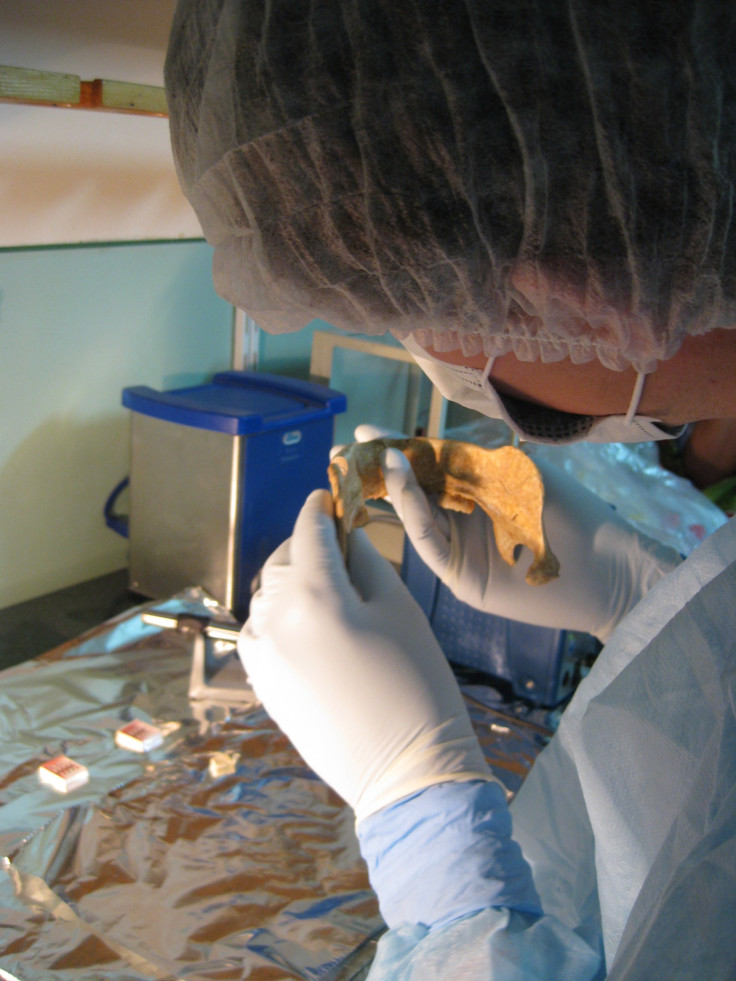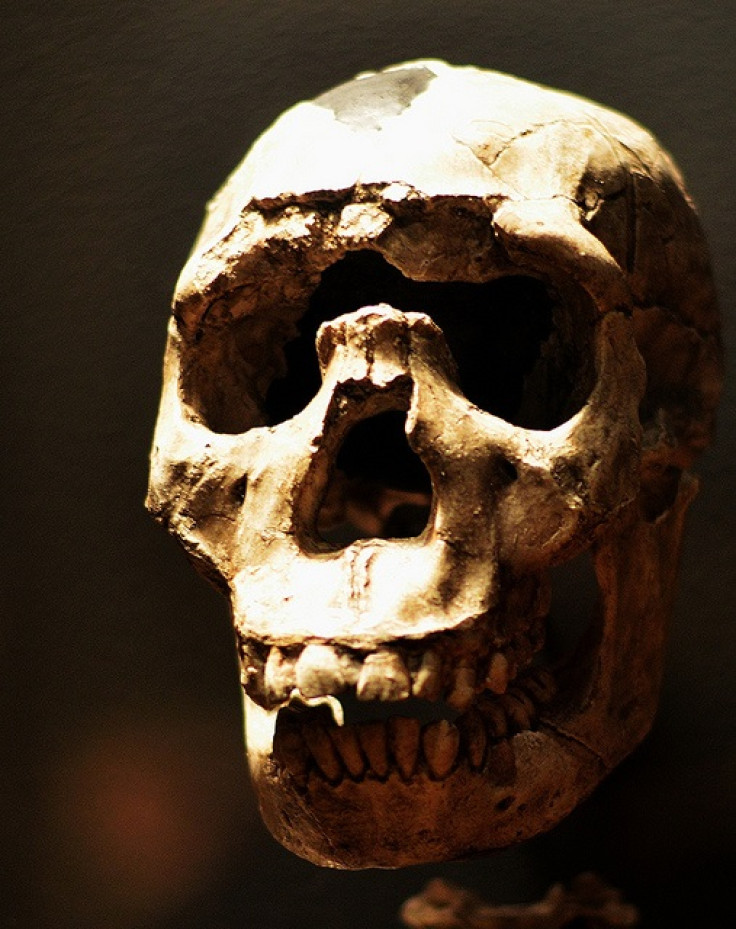How Neanderthal genes make us who we are
A first look at the fine-scale effects of millions of Neanderthal genes sheds light on their influence on modern humans.
Scientists have discovered how Neanderthal genes are expressed in humans to influence a range of traits in modern Europeans, who typically have between 2-5% Neanderthal DNA.
Traits from height to susceptibility to a range of diseases, to the likelihood someone will take up smoking have been linked to Neanderthal genes before, gained from interbreeding between humans and Neanderthals more than 50,000 years ago. But finding out exactly how these genes influence humans today is a trickier question.
Tracing Neanderthal remains
Finding out how Neanderthal genes influence us today is difficult because of the lack of living Neanderthals. The last Neanderthals died out about 40,000 years ago. While DNA has been preserved from Neanderthal remains, the chemical signs of activity of those genes have long since gone.
To get around this problem, researchers at the University of Washington in the US studied groups of Neanderthal genes found in some people but not others to see what difference they made. As we have two copies of each of our chromosomes – apart from the sex chromosomes – we have two copies of every gene that they carry.
A huge database of human genomes was used to identify people who had one Neanderthal copy of a given gene, and compared them with people who had two human copies of the gene. This kind of analysis hasn't been possible until recently, with the Genotype Tissue Expression Project publishing data of gene activity in individual human tissues.
"Even 50,000 years after the last human-Neanderthal mating, we can still see measurable impacts on gene expression," said study author Joshua Akey in a statement. "And those variations in gene expression contribute to human phenotypic variation and disease susceptibility."

A mechanism for schizophrenia
The analysis confirmed many of the associations were connected with measureable differences in gene expression in the different tissues. For example, a gene strongly associated with schizophrenia that has Neanderthal origins was expressed at significantly different levels compared with people who had two human versions of the gene. The Neanderthal version of this gene, called ADAMTSL3, was expressed at much lower levels than the human version.
"You're getting closer to a mechanism by which schizophrenia will manifest," James McInerney, an evolutionary biologist at the University of Manchester who was not involved in the research, told IBTimes UK.
"You know that there's a variant that's causative, or at least it correlates very strongly with schizophrenia and you know its Neanderthal history. Now you know its expression is significantly altered – there's not so much of it. That's a good bet that it causes it schizophrenia."
Brains and testicles
Across the board, looking at a total of around 52 million individual comparisons, many of the Neanderthal genes were expressed at lower levels than the human copies of the genes. This is because the human machinery for expressing genes don't fit so well with Neanderthal DNA as with the human DNA.
"There's a relatively optimised machine, and we're capable of driving our own gene expression relatively well," said McInerney. "Bring in the Neanderthal genes and the human machinery is not driving their expression quite so well. In some cases it might not be driving it at all."

Tissues where the expression was particularly low included the brain and the testes. The study authors argue that this is because negative effects from Neanderthal genes in these tissues would have had huge consequences – in the case of the testes, potentially male infertility.
However, many different factors could have driven this low expression of Neanderthal genes in brain and testis tissue, McInerney said.
"Humans didn't have a huge population size for most of our history," he said. Selection effects tend to be more relevant in larger populations. In a smaller populations, other factors such as chance and population bottlenecks may have had more of an impact.
"I'd say the hybrids just didn't work very well and didn't have much of a chance."
Millions of associations
In all, the analysis helps to put the scale of the effects of human and Neanderthal interbreeding into perspective.
"Hybridisation wasn't just something that happened 50,000 years ago that we don't have to worry about anymore," said Akey. "Those little bits and pieces, our Neanderthal relics, are influencing gene expression in pervasive and important ways."

© Copyright IBTimes 2024. All rights reserved.






